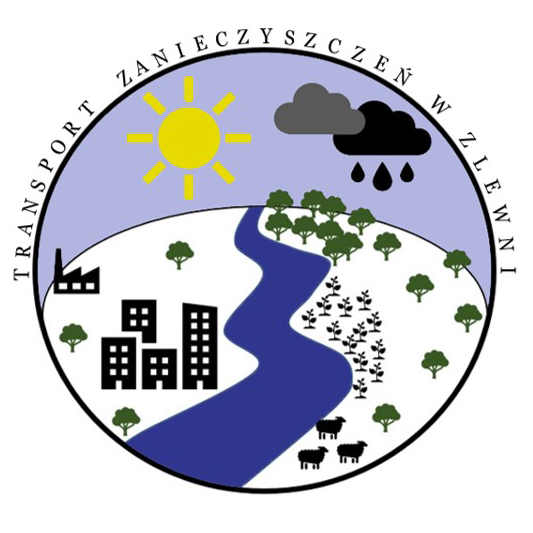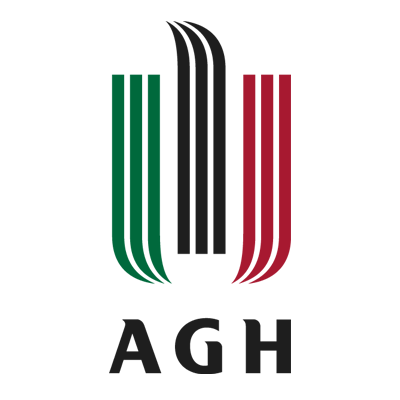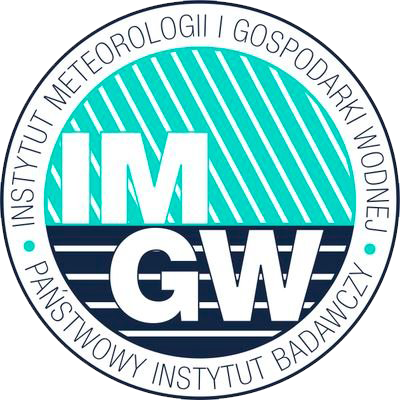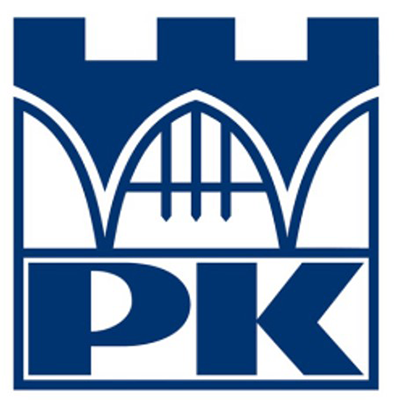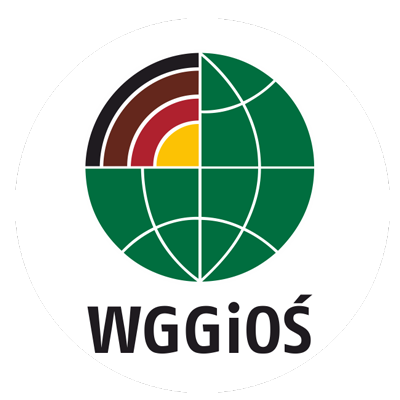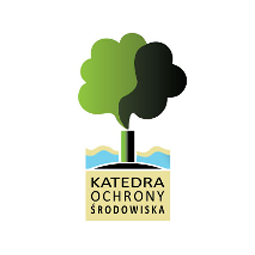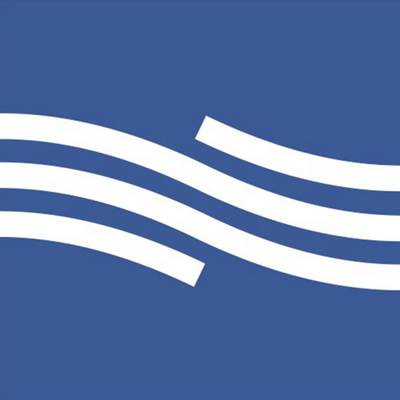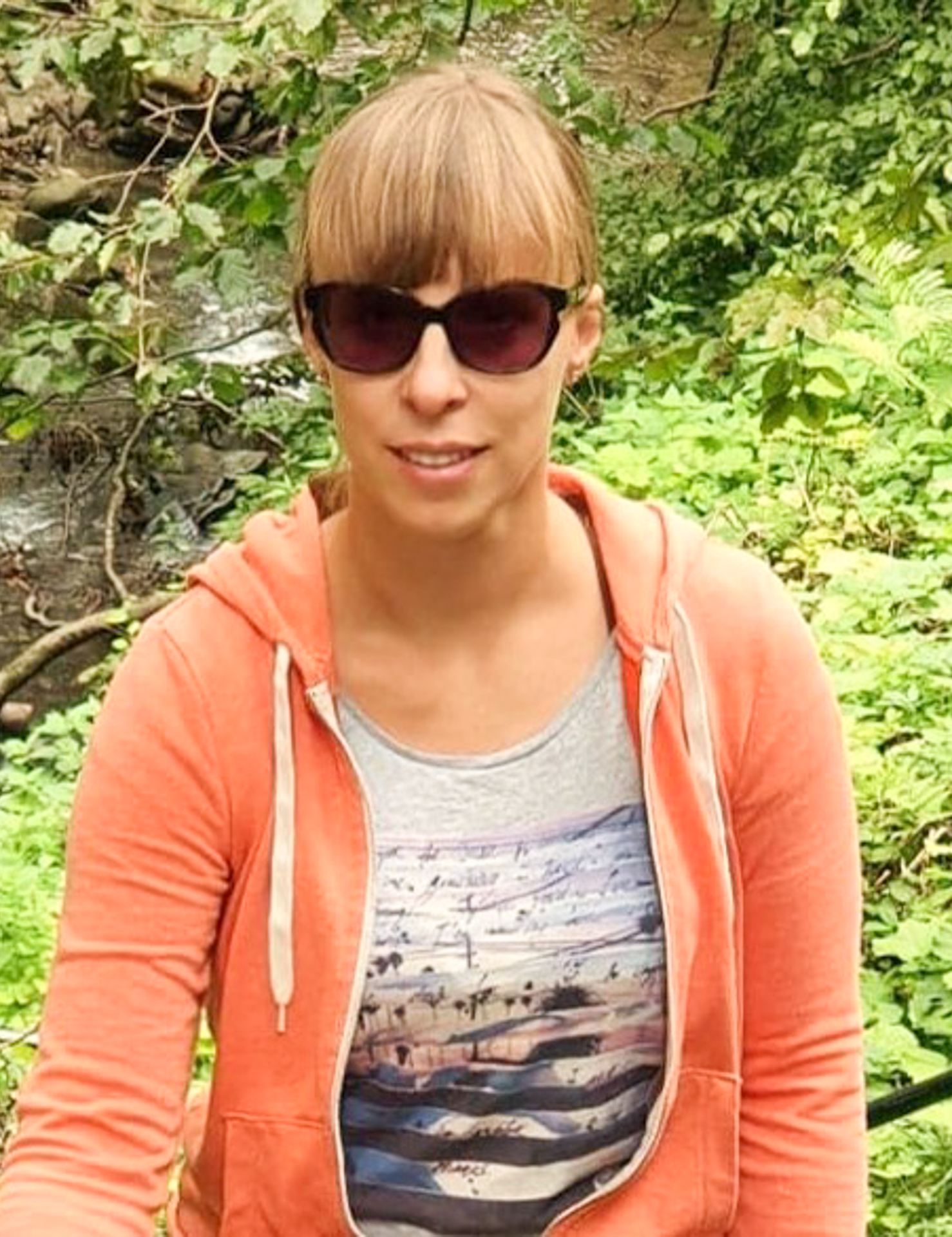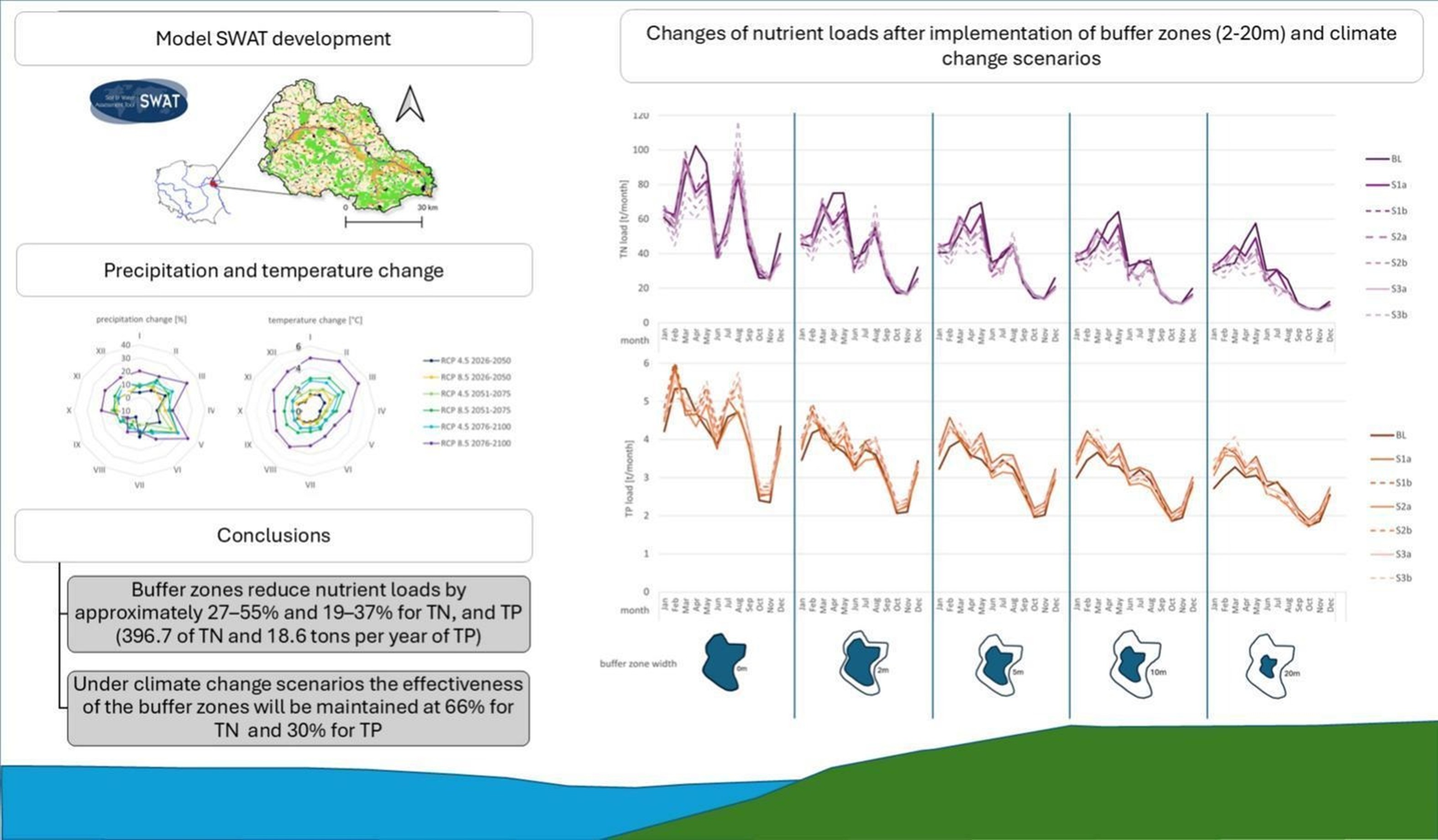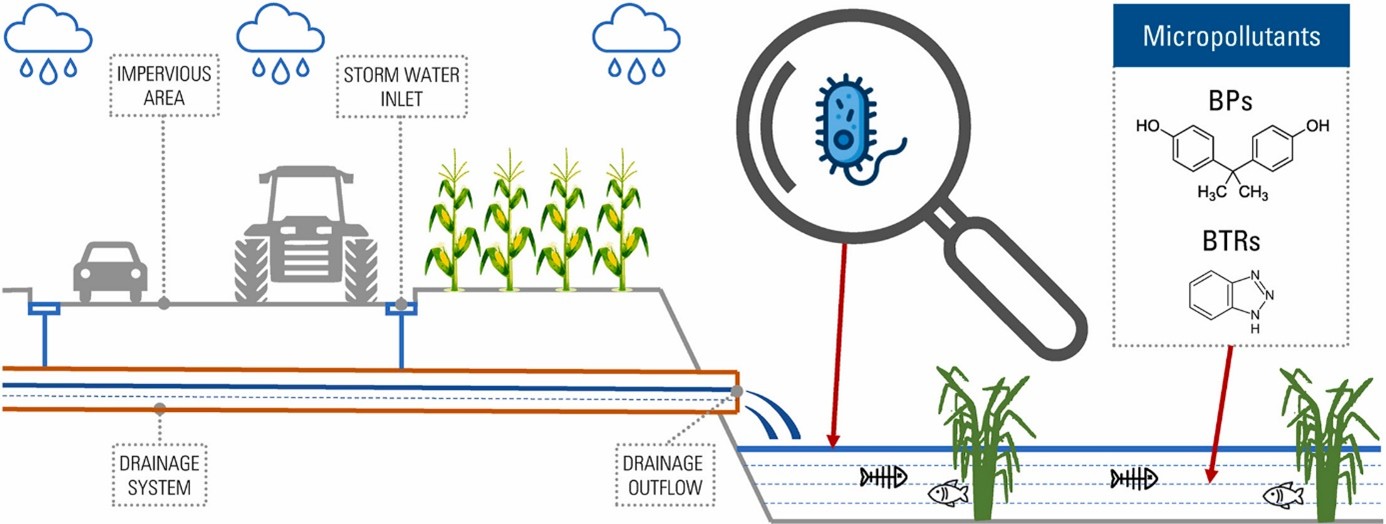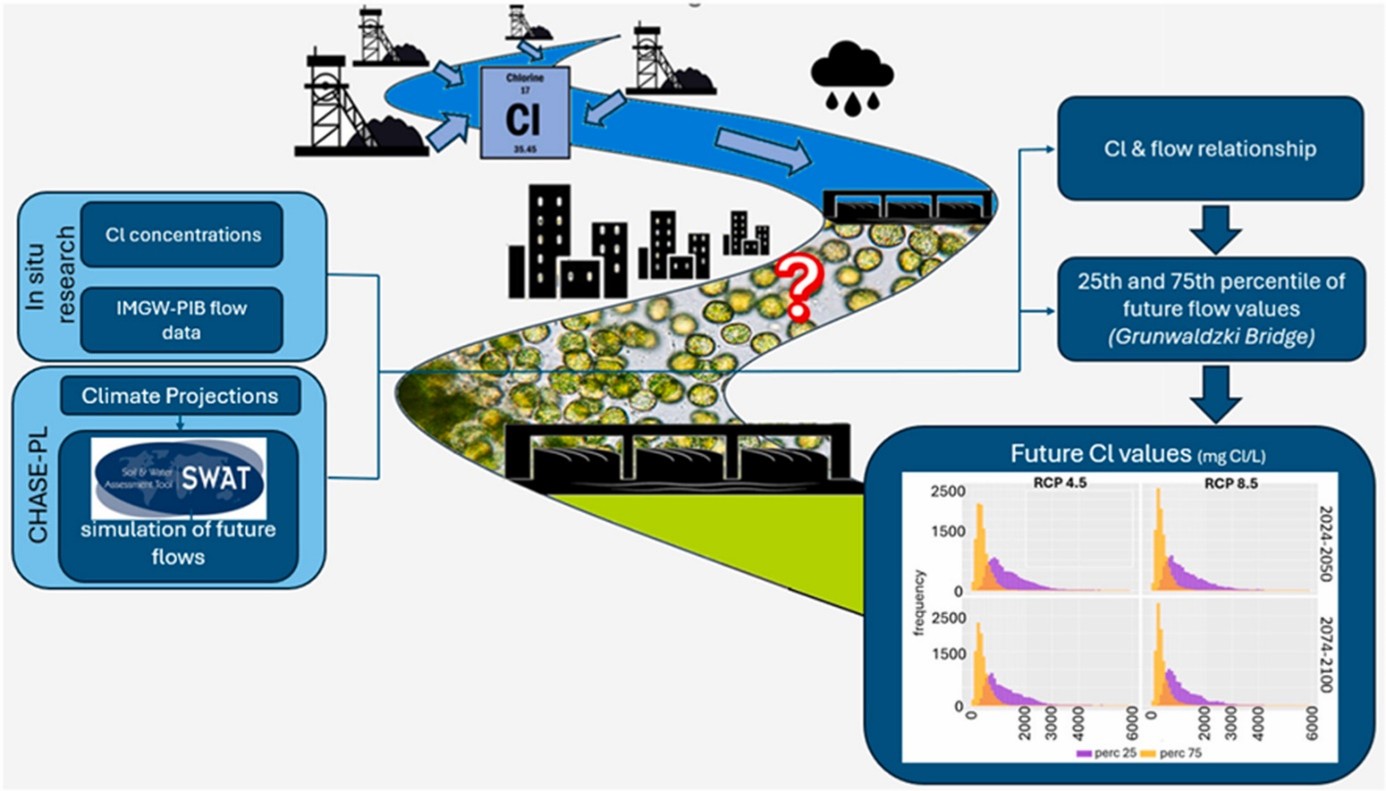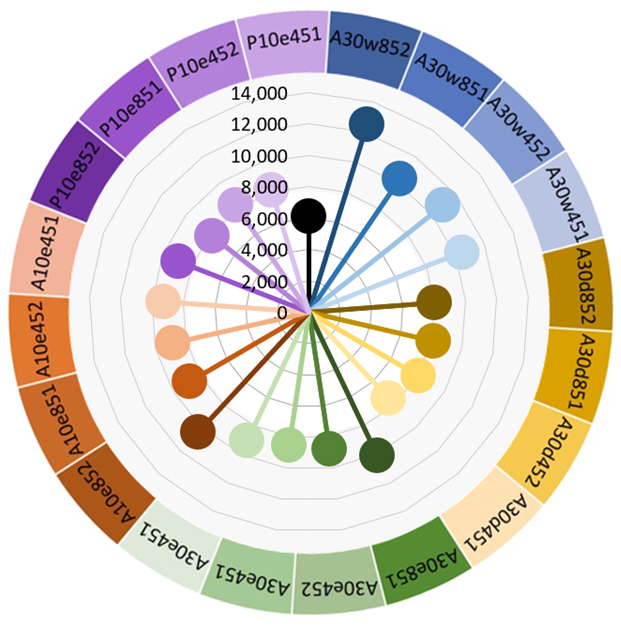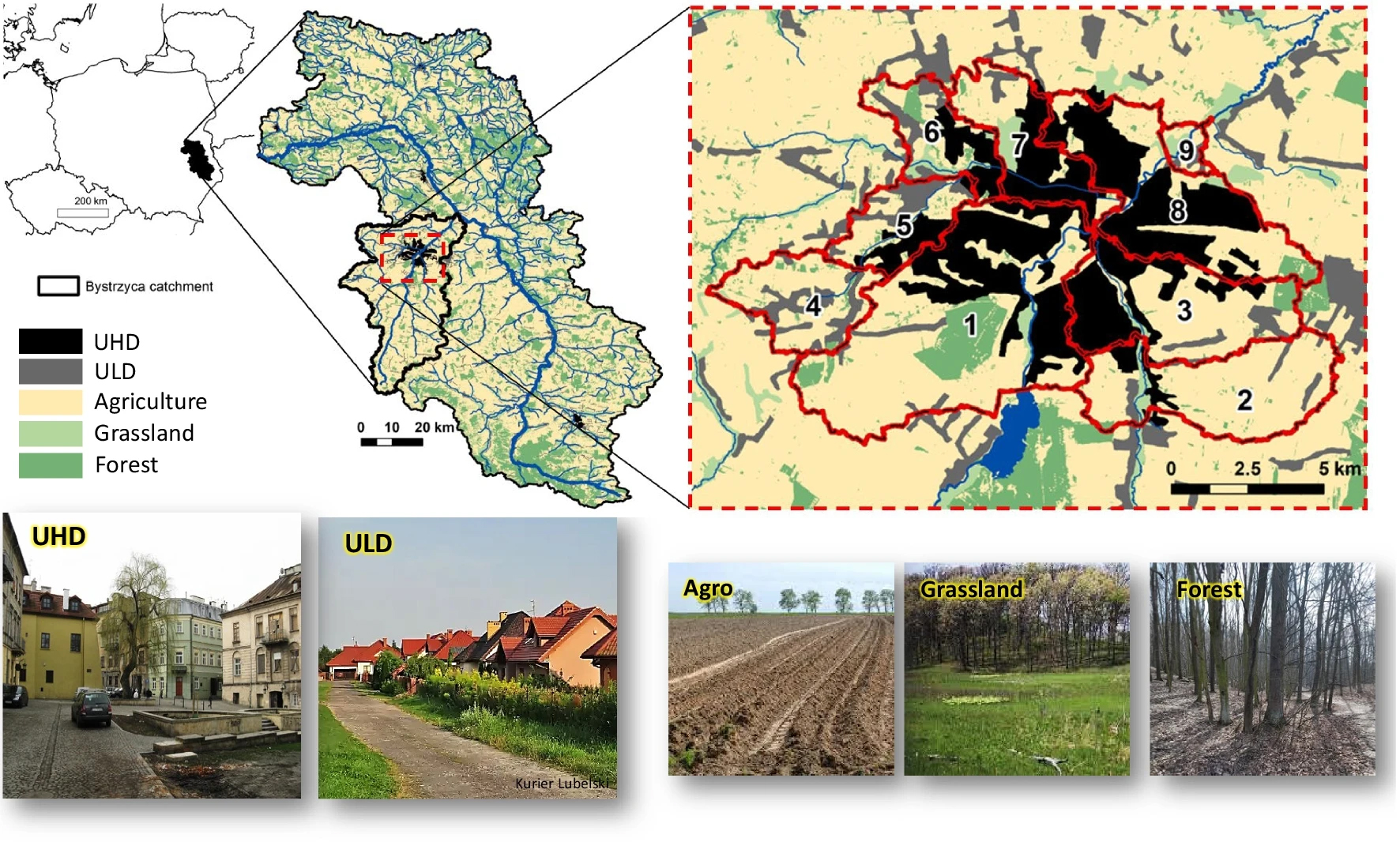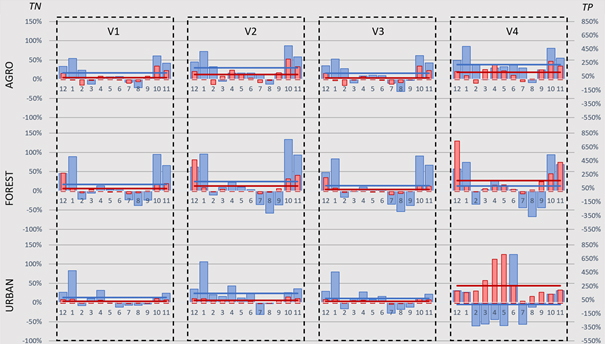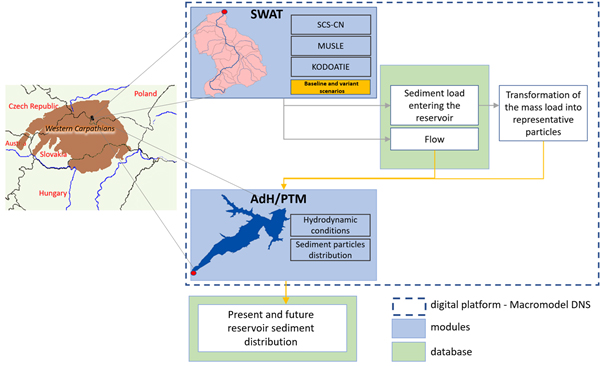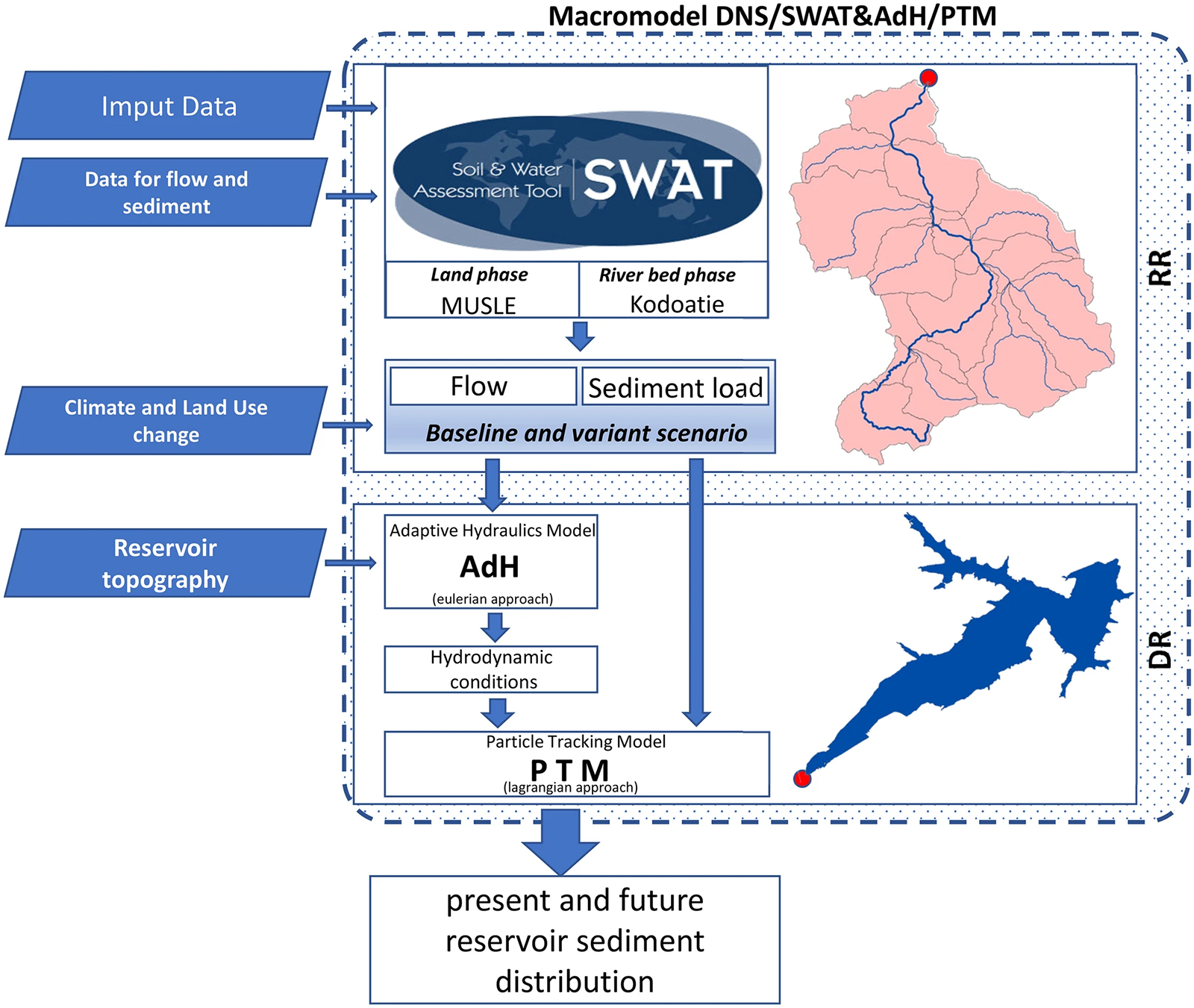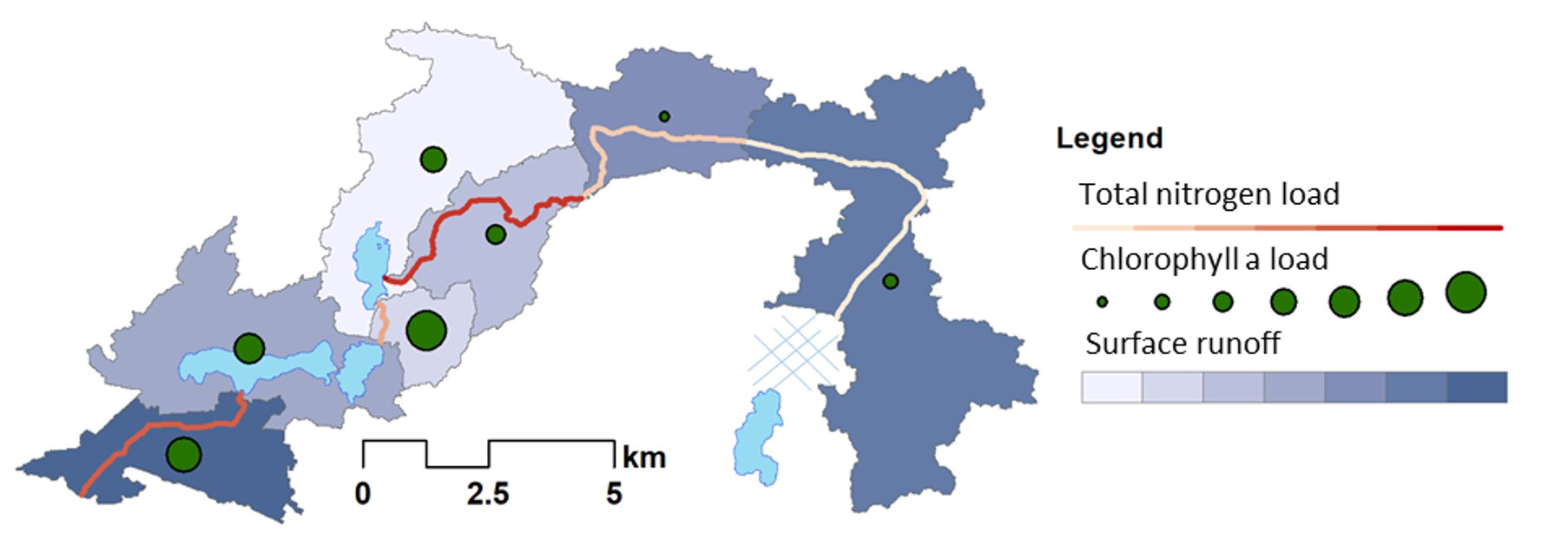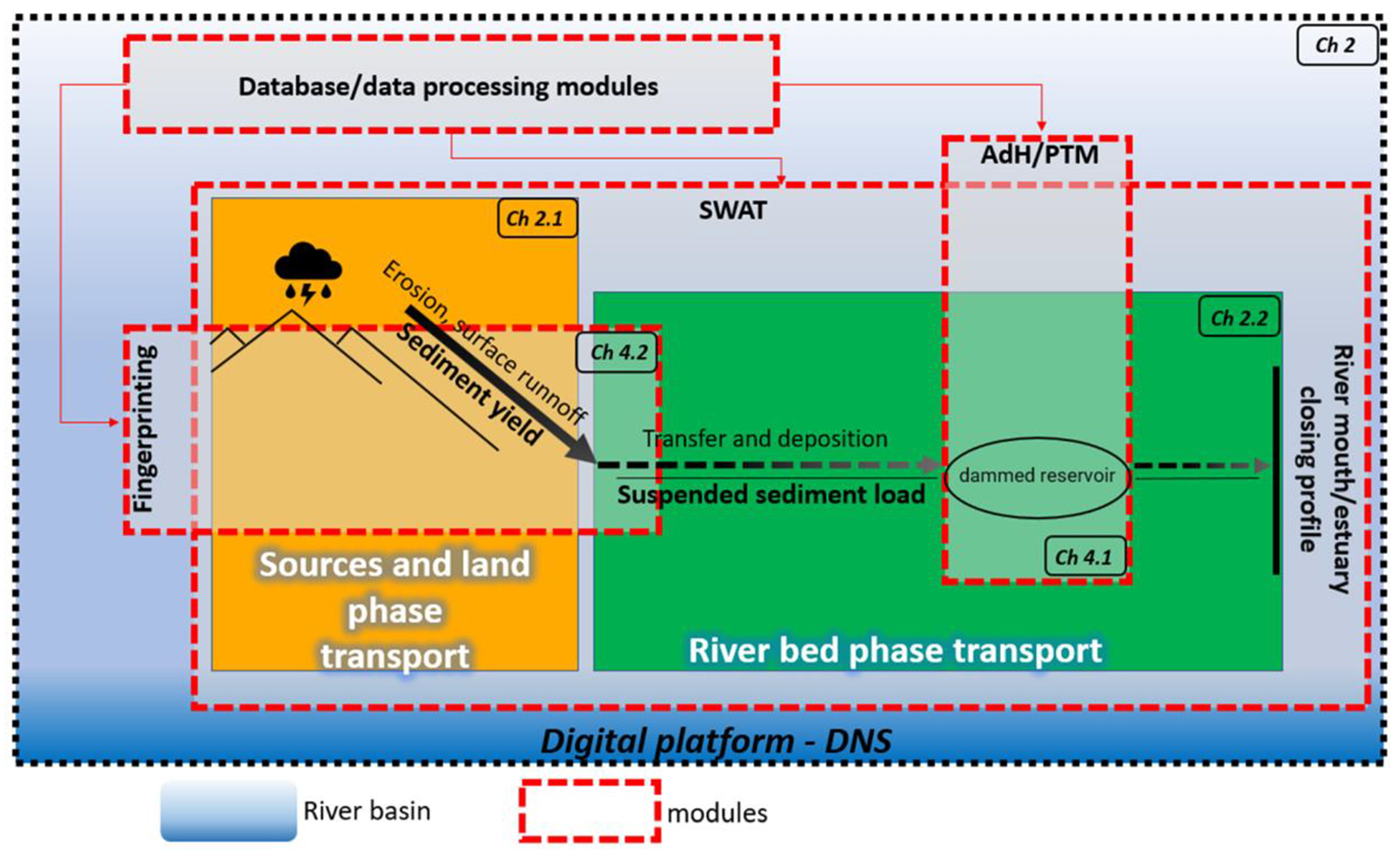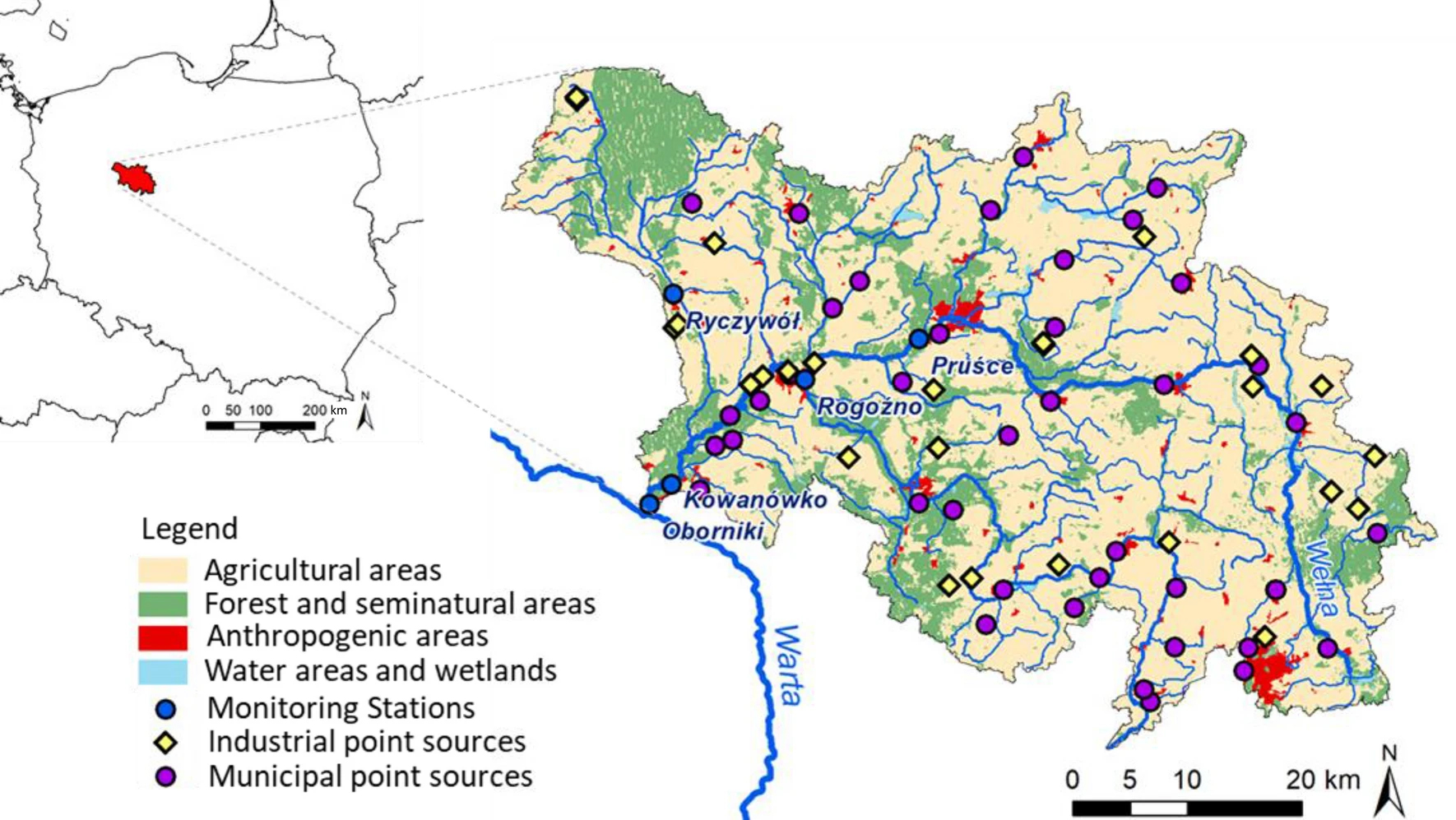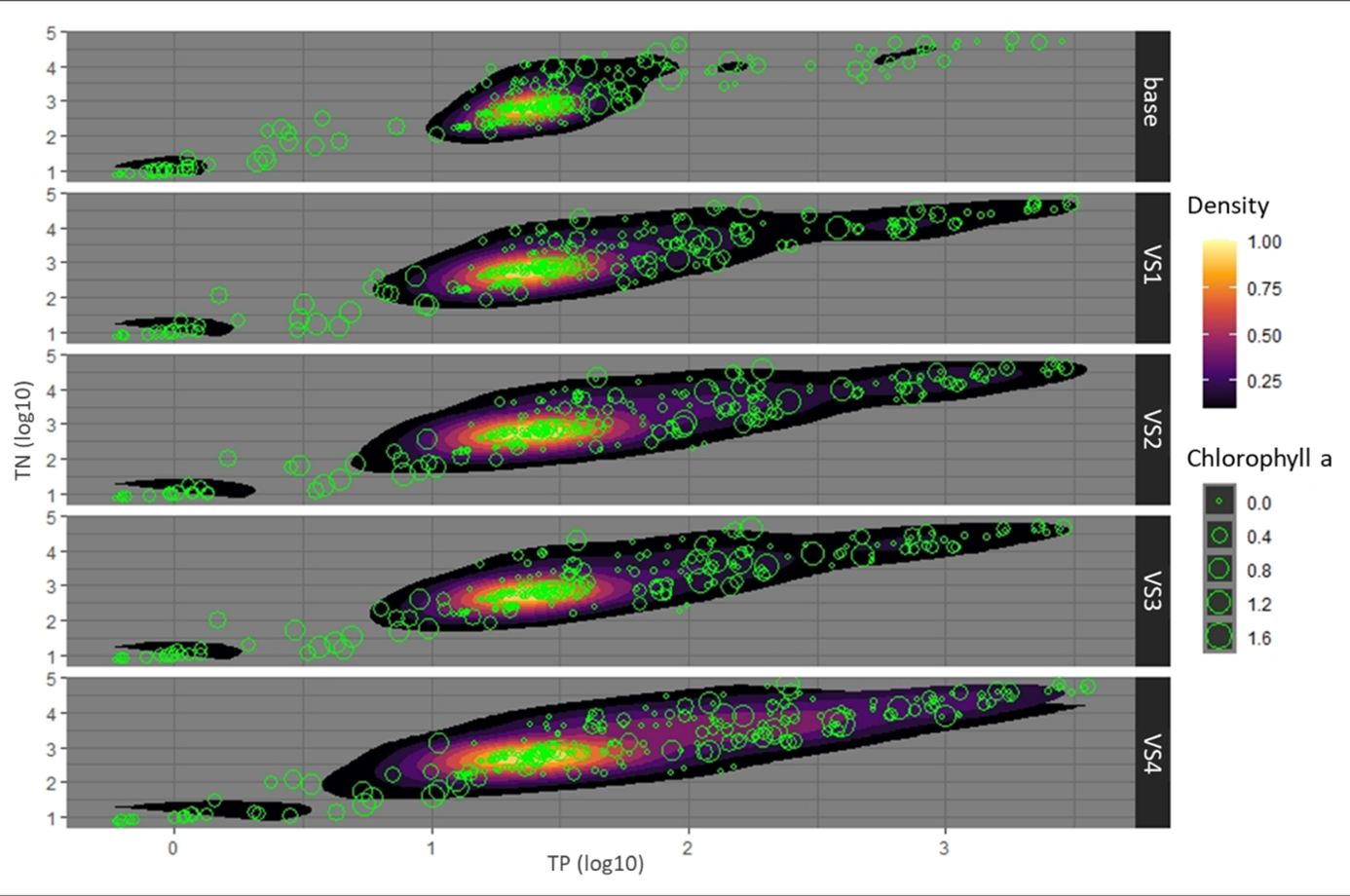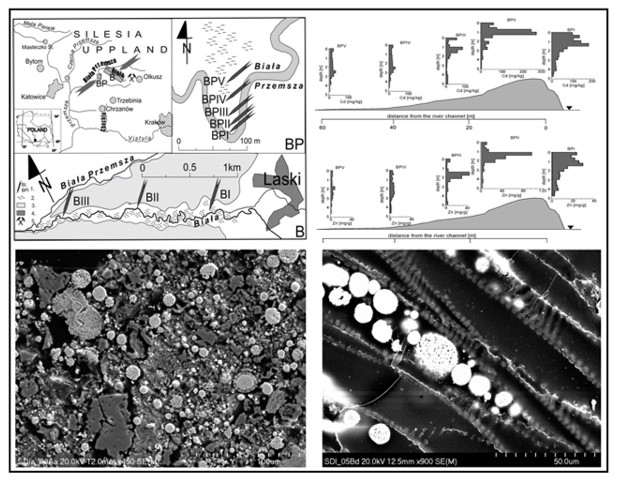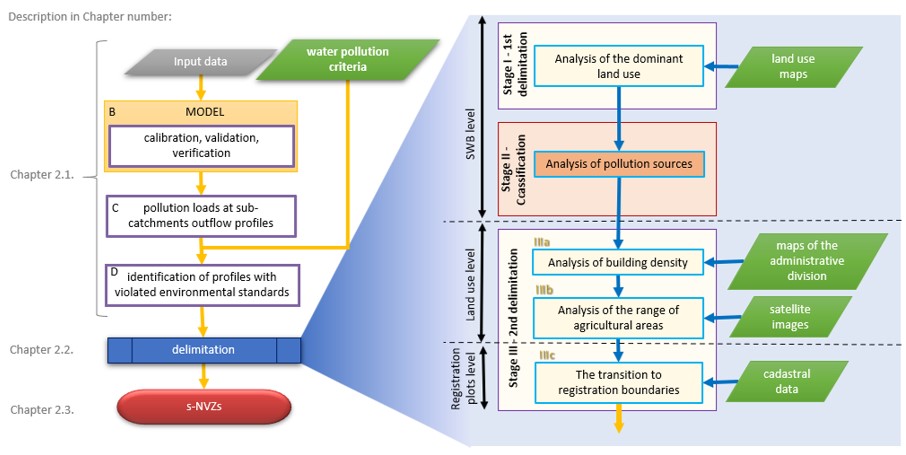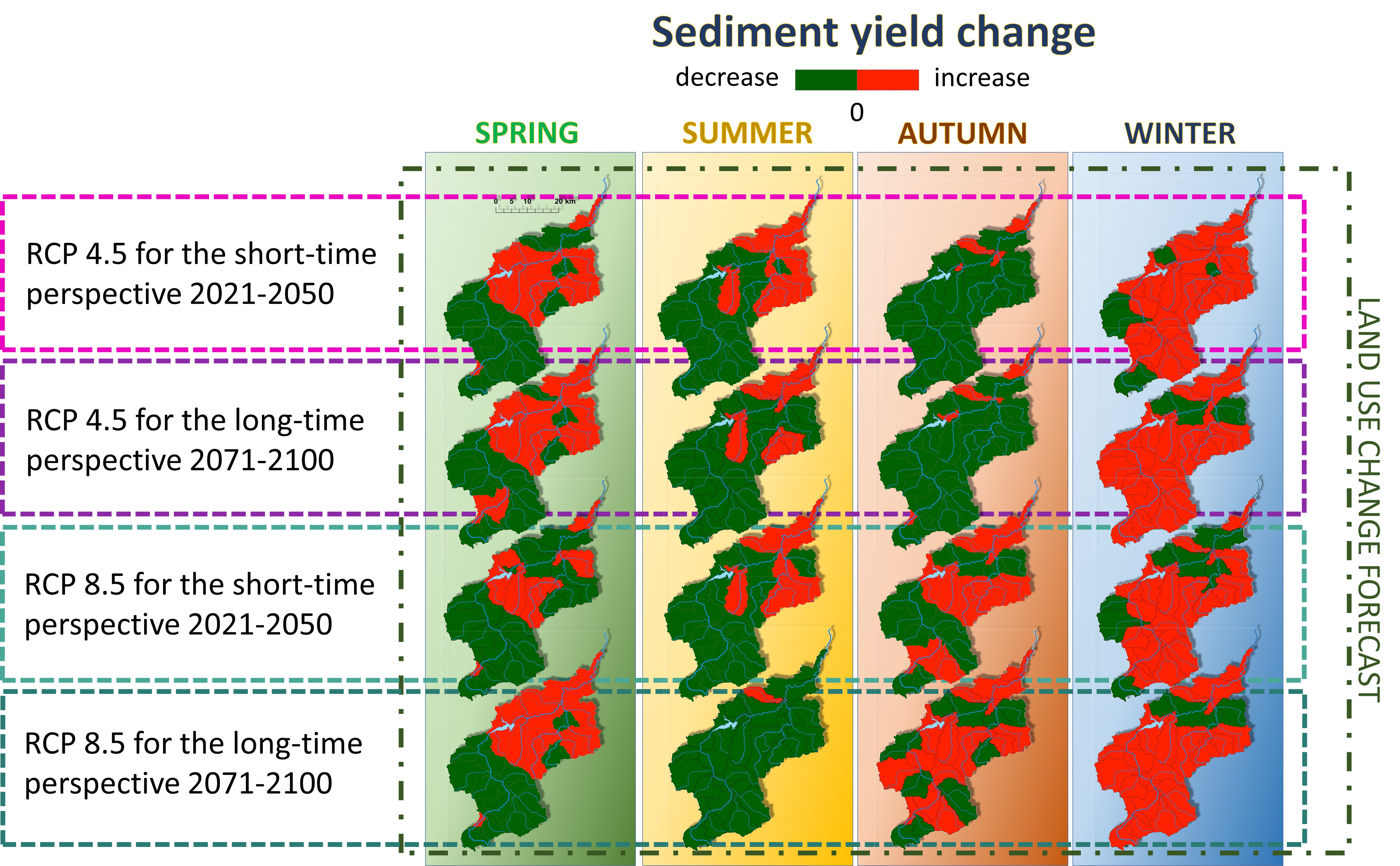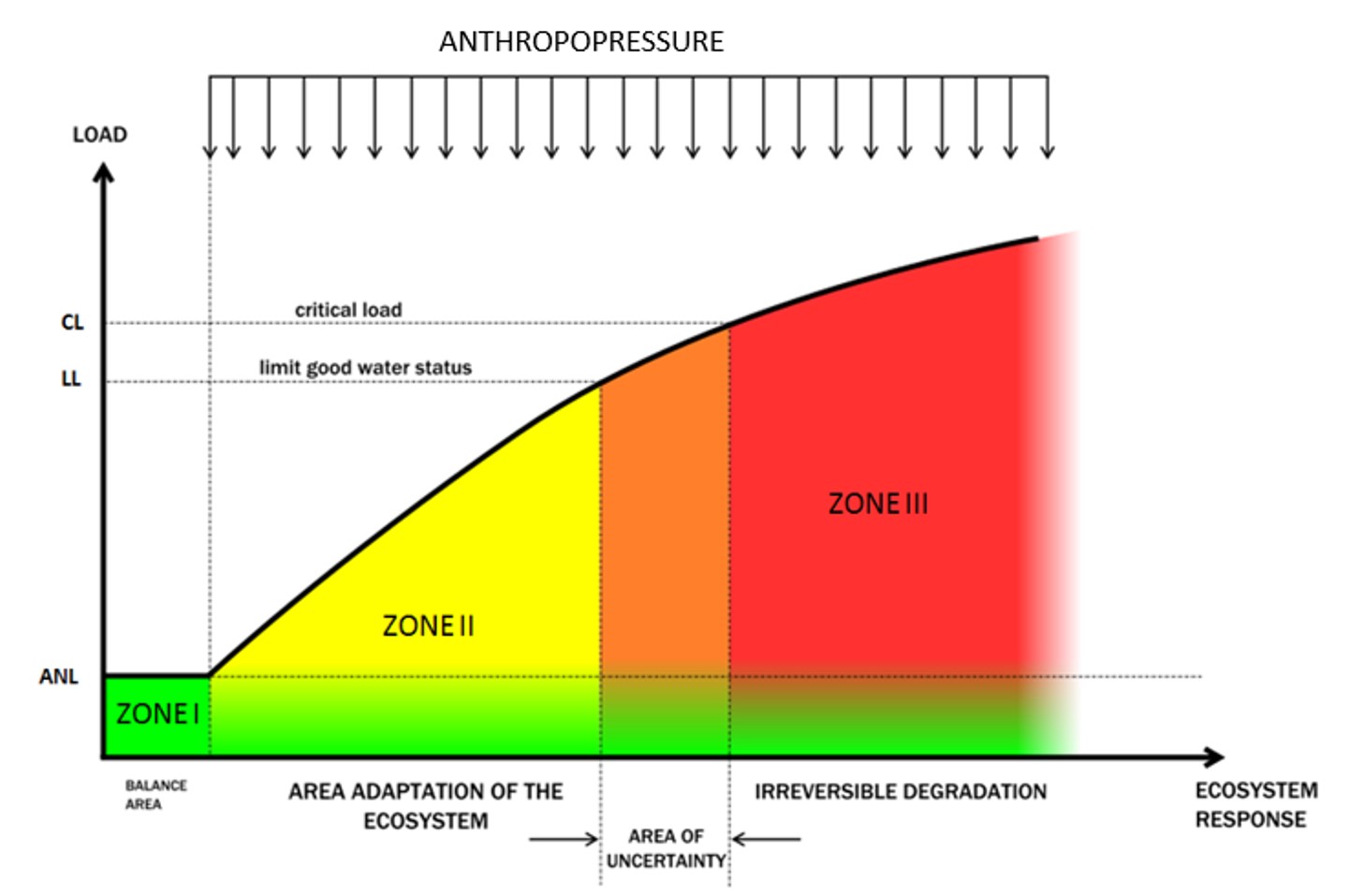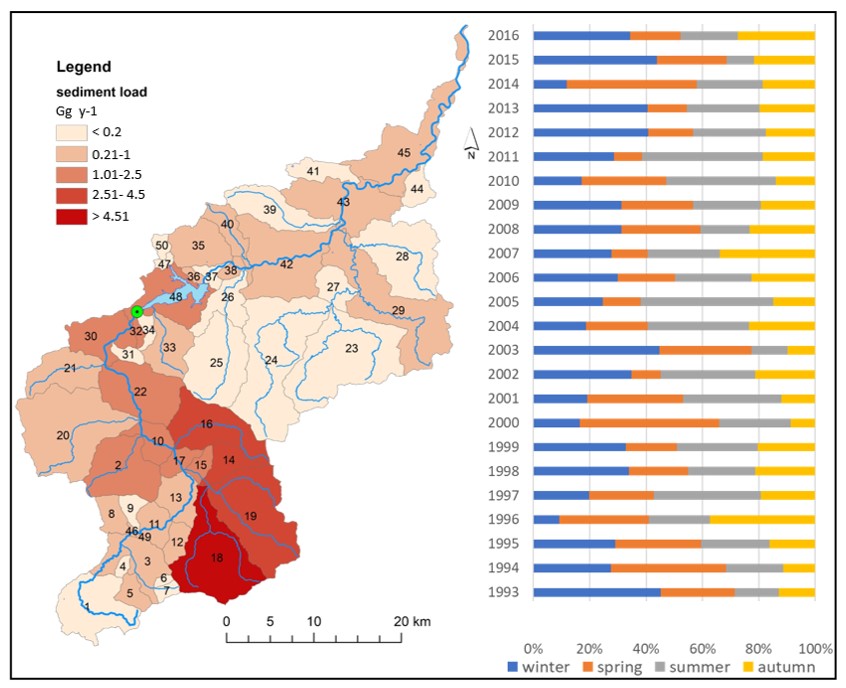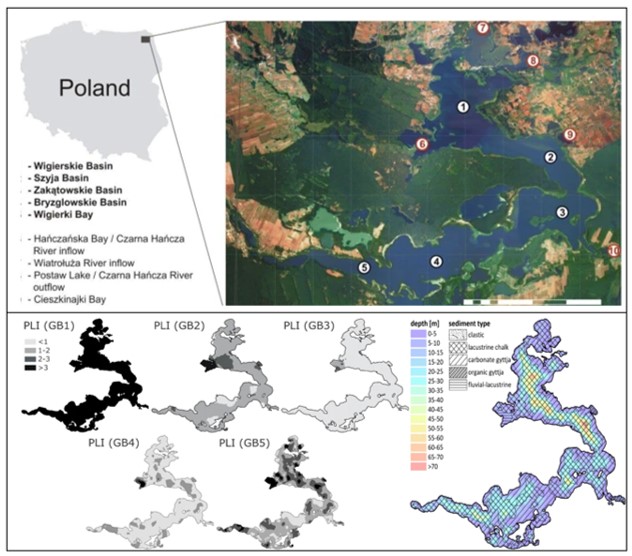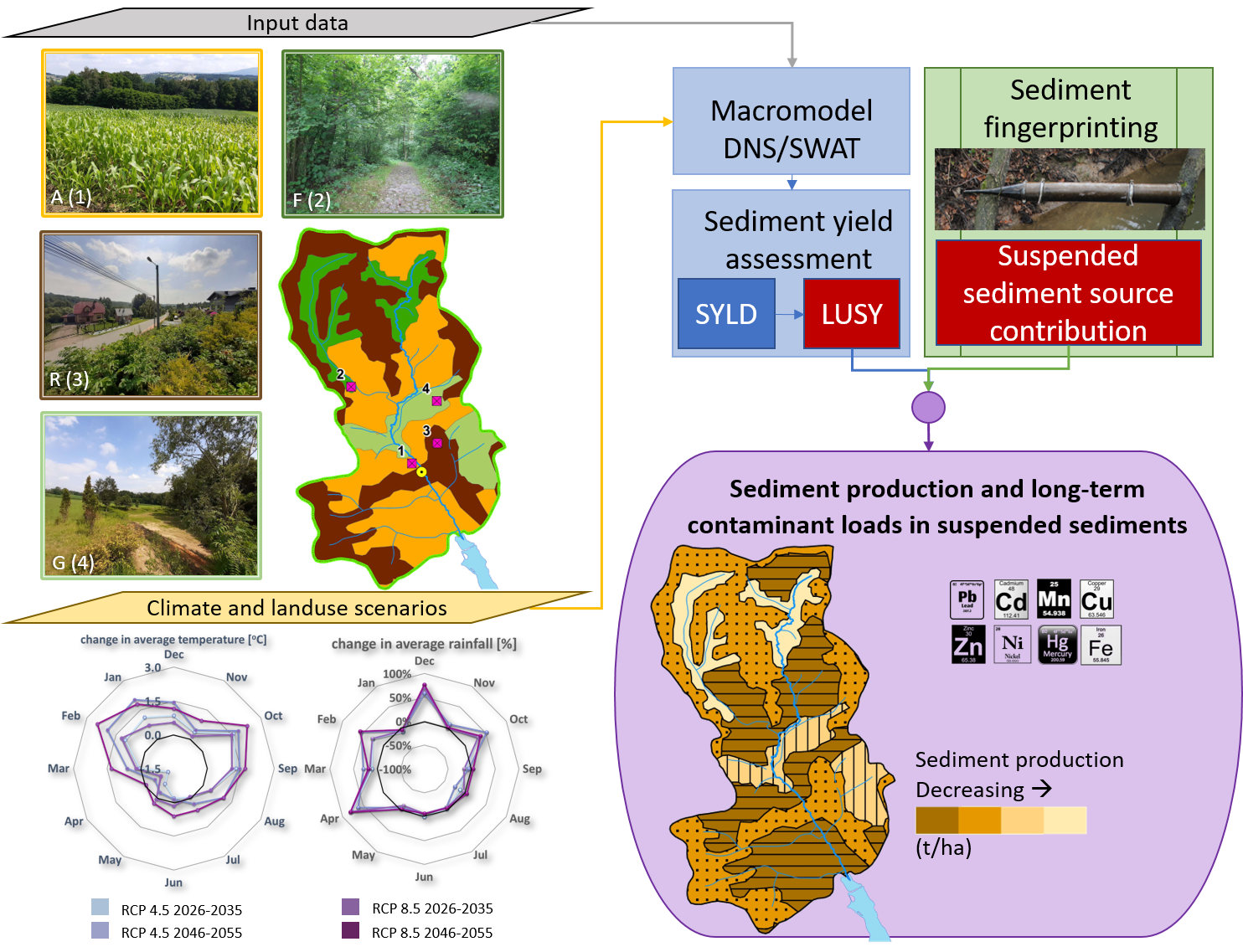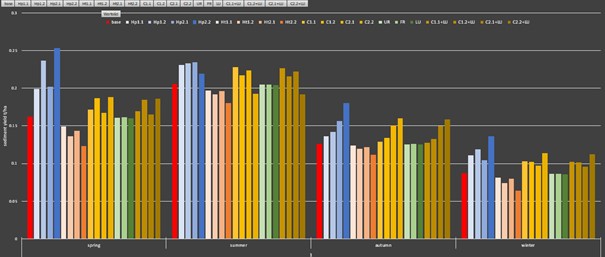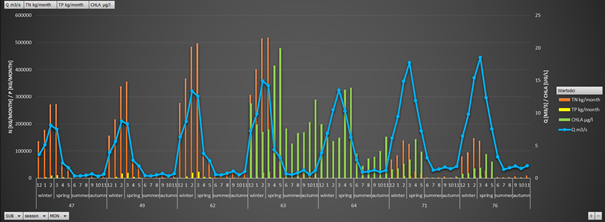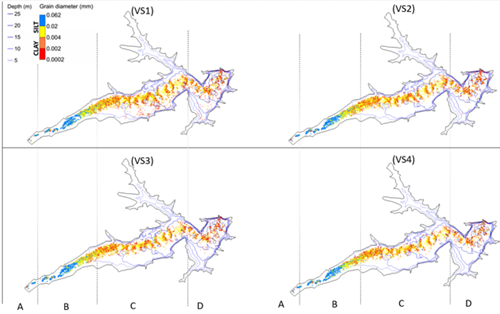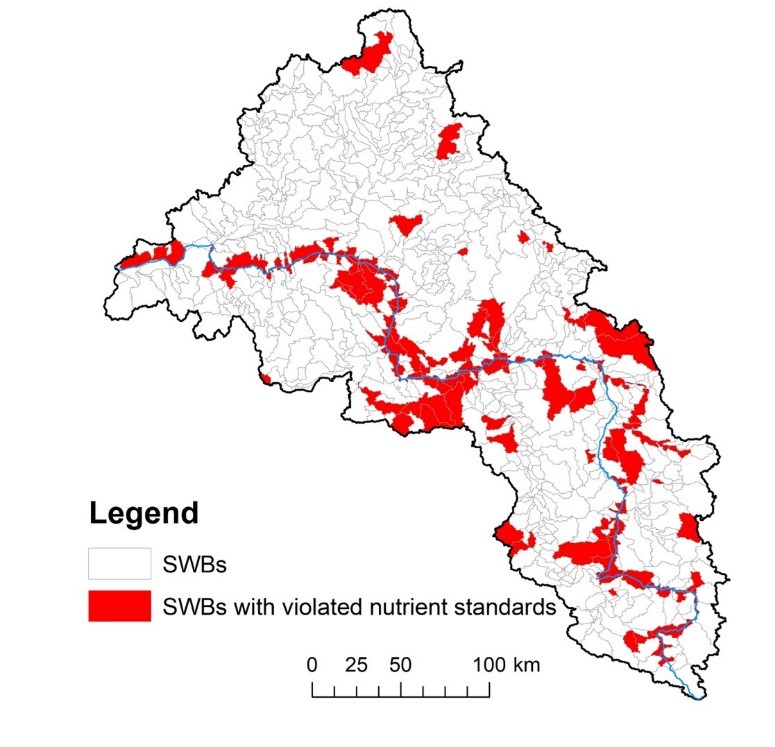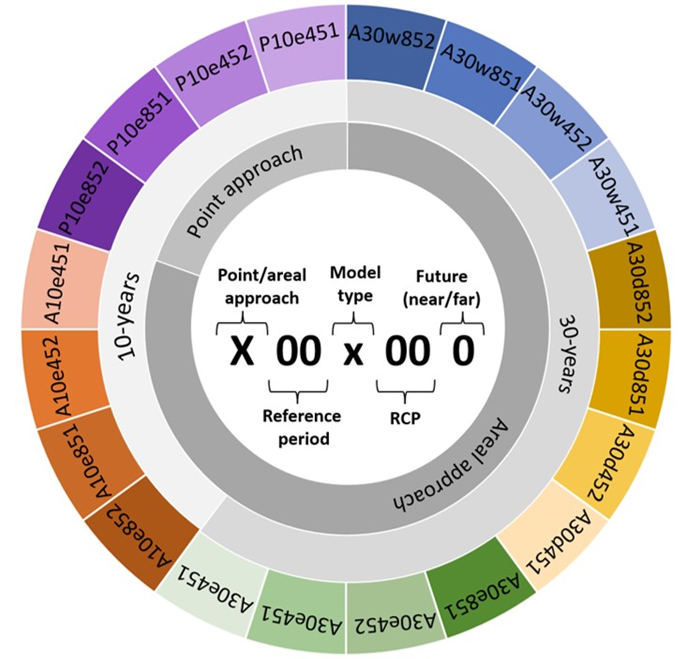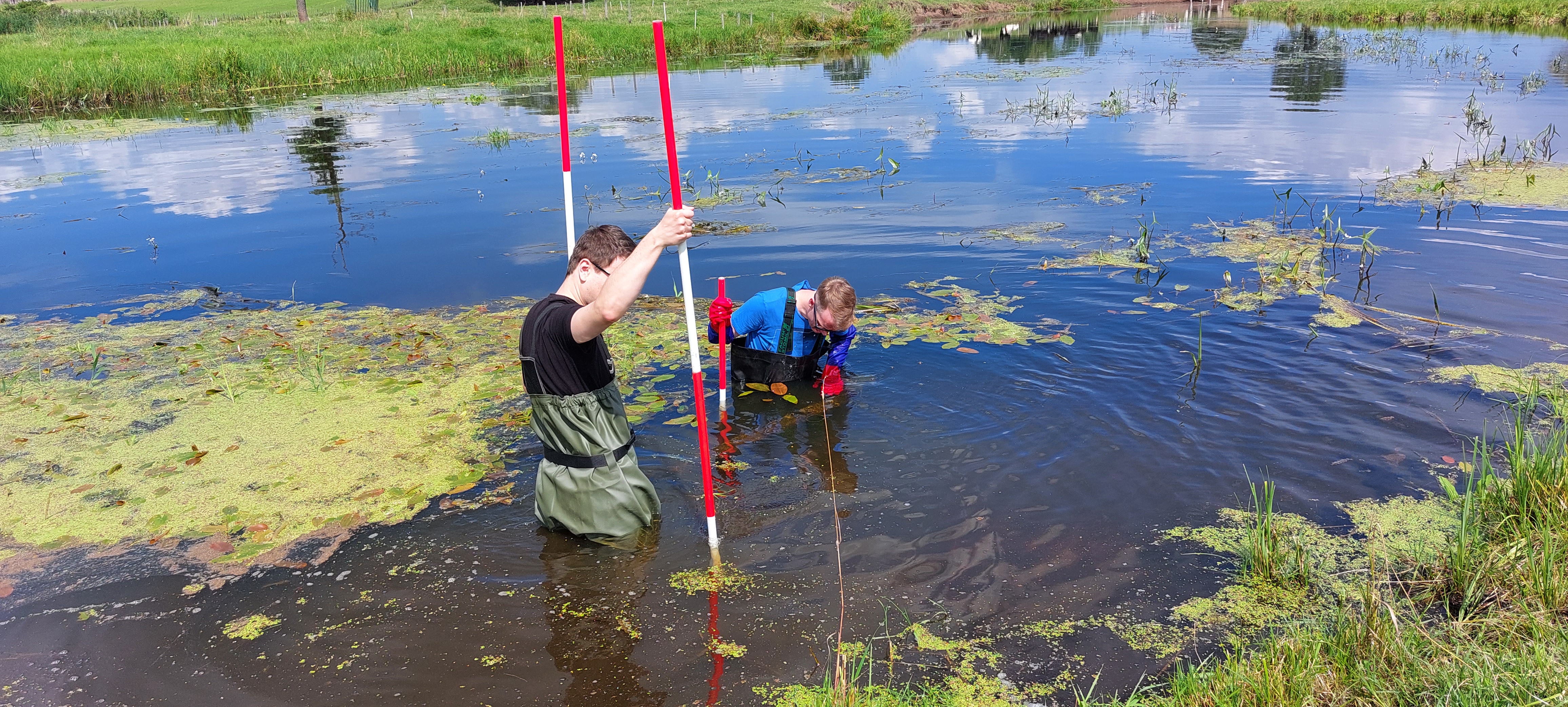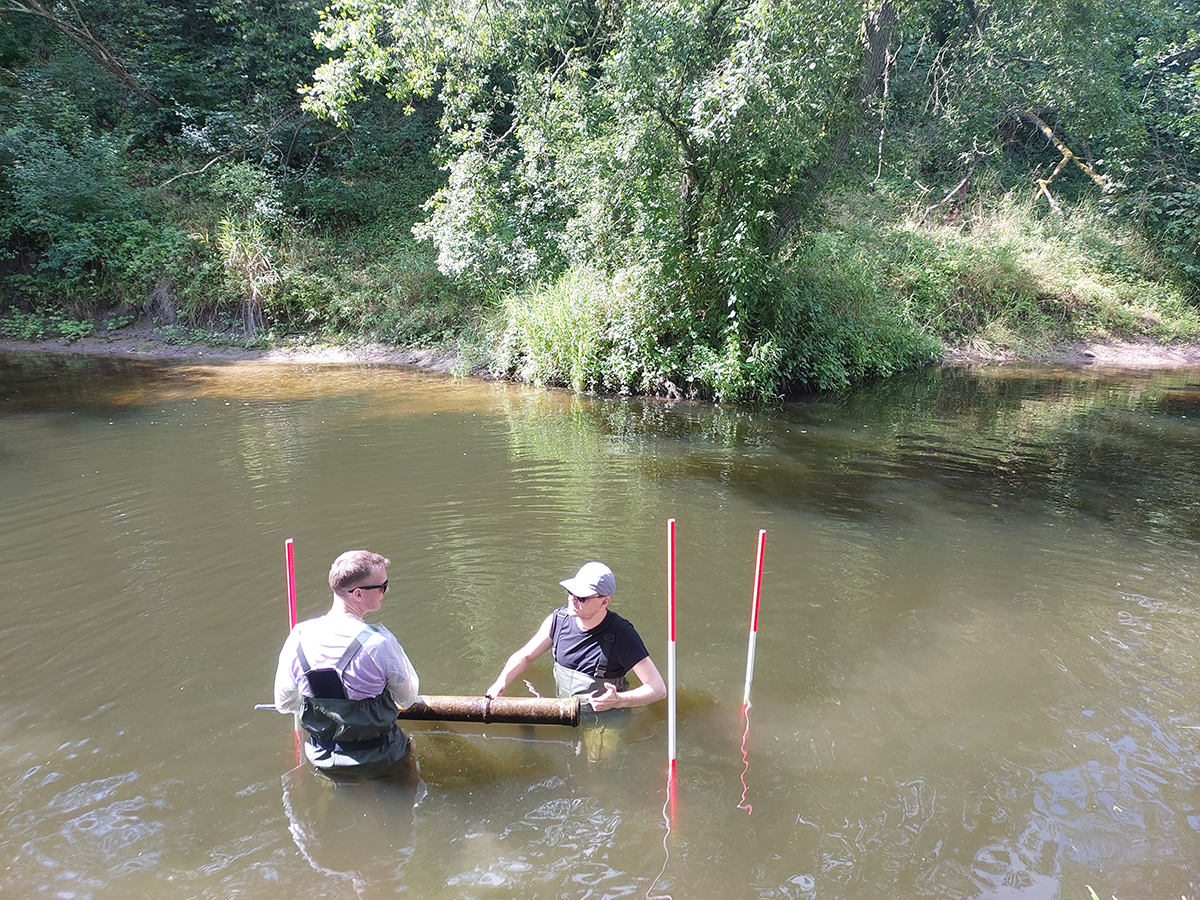Szalińska E., Orlińska-Woźniak P., Wilk P., 2020. Sediment load variability in response to climate and land use changes in a Carpathian catchment (Raba River, Poland). Journal of Soils and Sediments, 20: 2641–2652; https://doi.org/10.1007/s11368-020-02600-8, (IF=2,669; 100
pkt)
Abstract
Purpose
This study analyzes the variability of sediment loads under variant climate change and land use scenarios in a Carpathian catchment with a dam reservoir. The areas with the highest share of sediment loads are tracked to establish possible indications for future catchment management plans.
Materials and methods
Analyses were performed for the Raba River catchment (Poland, Carpathian Mountains) with use of the Macromodel DNS/SWAT. The RCP 4.5 climate forecast predictions (2021–2050 and 2071–2100), downscaled for the area of Poland, and land use predictions from the DYNA-Clue model for the Carpathian area, were taken into consideration. A total of seven scenarios were created, accounting for precipitation (P1 and P2), temperature (T1 and T2), land use (LU) changes, and combined effects (COMB1 and COMB2).
Results and discussion
The average load delivered to the dam reservoir was estimated as 2.43 Gg y−1, and its seasonal/yearly variability was followed by local meteorological phenomena. Among the tested factors, precipitation change, in terms of total amount and intensity, exerted the most impact on sediment loads causing their increase. Temperature and land use changes resulted in a slight decrease. Combined scenarios implied that changes of the catchment area use, such as increase of forest cover, can noticeably reduce sediment loads delivered into a dam reservoir.
Conclusions
The performed simulations revealed the importance of incorporating variant scenarios for catchment management plans, development of land use mitigation measures (erosion), and operational procedures for the dam reservoir. Particular attention should be paid to warmer winters with heavy rainfalls and temperatures above zero, which together with a lack of plant vegetation result in elevated annual sediment loads reaching the dam reservoir. Further changes must be mitigated by anti-erosion investments.
Introduction
Climate change impact at the catchment scale has been studied intensely over the last 20 years. Multiple publications have reported alterations in flow characteristic, flood event frequency, and snow cover extent (Bussi et al. 2016; Hattermann et al. 2017). Moreover, these alterations are further amplified by shifts in the land use induced by temperature and precipitation changes (Wang et al. 2016; Bussi et al. 2017) or resulting from socio-economic reasons (Grecequet et al. 2017). Since these shifts of water and runoff cycles can severely disturb natural processes like weathering and erosion, changes in sediment fluxes can also be expected (Simonneaux et al. 2015; Yang et al. 2015). Assessment of sediment quantities delivered from a catchment is particularly important for regions that are highly vulnerable to erosion, e.g., mountainous areas with high slopes, and/or intensive and frequent rainfalls. Also, sediment continuity in a majority of these catchments has been obstructed by anthropogenic factors, e.g., alterations to channel morphology, or construction of dams and reservoirs (Apitz 2012; Ahilan et al. 2018). Especially, in the latter case, estimations of the sediment accumulation rate and remaining reservoir capacity are of a crucial significance (Alighalehbabakhani et al. 2017). Current studies related to sediment quantity estimations under climate change scenarios generally predict an increase of sediment loads under an upward trend of average precipitation due to intensification of soil erosion (Lu et al. 2013; Darby et al. 2015; Zhou et al. 2017; Giardino et al. 2018; Barrera Crespo et al. 2019). However, the response in individual catchments can vary due to possible changes in vegetation cover, as a result of water balance changes, reducing erosion in the area. The response of catchment models to temperature changes is even more complex, naturally displaying either an increase or a decrease in sediment loads (Bussi et al. 2016). Since temperature shifts can affect catchment water balance through various local phenomena, e.g., early snowmelt, droughts/rainfall occurrence, and distribution of vegetation cover, their impact on sediment loads seems to be strongly related to catchment geographical settings (Jentsch and Beierkuhnlein 2008; Ricci et al. 2018; Shrestha and Wang 2018). Therefore, to produce reliable predictions, modeling efforts should incorporate results of downscaled climate predictions, account for regional trends in land use change, and analyze them simultaneously (Bussi et al. 2016).
The main goal of the study was to analyze the variability of sediment loads under variant climate change and land use scenarios in a Carpathian catchment with a dam reservoir. The Raba River (southern Poland) has been selected as the study venue, since its catchment represents the most typical conditions for this region. The upper part of this river flows through a mountainous area with a considerable number of agricultural fields. Also, the river features a drinking water dam reservoir, accumulating sediments delivered from the upper part of the catchment. The sediment load variability was tested with use of the Macromodel DNS/SWAT (Discharge-Nutrient-Sea/Soil Water Assessment Tool) under the RCP4.5 climate change predictions, downscaled for the Polish area (Mezghani et al. 2017). To account for local land use changes, the results from the DYNA-Clue (Dynamic Conversion of Land Use and its Effects) model for the area of interest were taken into consideration (Price et al. 2017). Besides tracking the effects of individual precipitation, temperature, and land use changes, the goal of the study was to observe the impact of the combined changes on the sediment loads. Delimitation of the sub-catchments with the highest portion of sediment loads delivered to the reservoir was tracked to establish possible indications for future catchment management plans.
